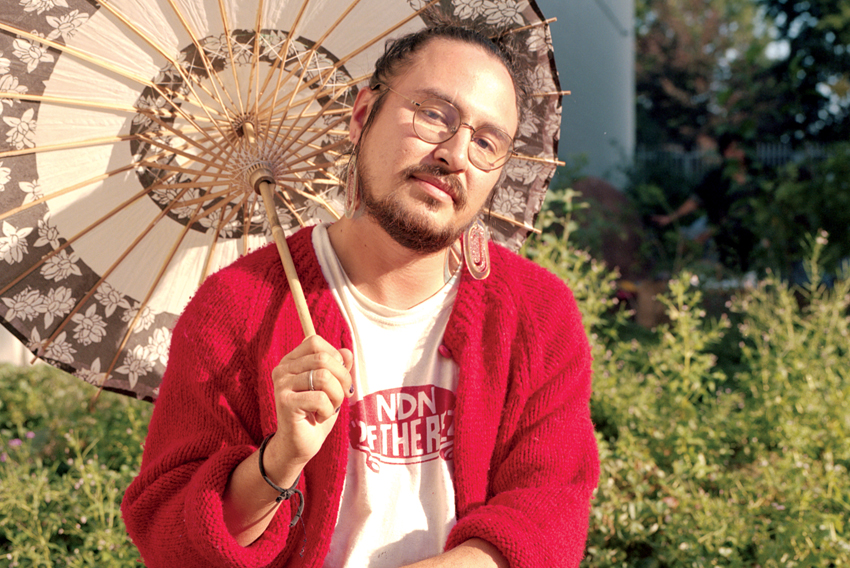Calling my Spirit Back (and Other Crimes)
How colonial institutions carry on the legacy of residential schools
Reprinted from the Supporting Parents issue of Visions Journal, 2021, 17 (1), pp. 26-28


LGBT (lesbian, gay, bisexual and transgender) people may face prejudice, discrimination and isolation. These added stresses can lead, in part, to higher rates of mental health and substance use problems. Supportive communities and knowledgeable service providers help build resilience and well-being so everyone is included and respected.

Sign up for our various e-newsletters featuring mental health and substance use resources.